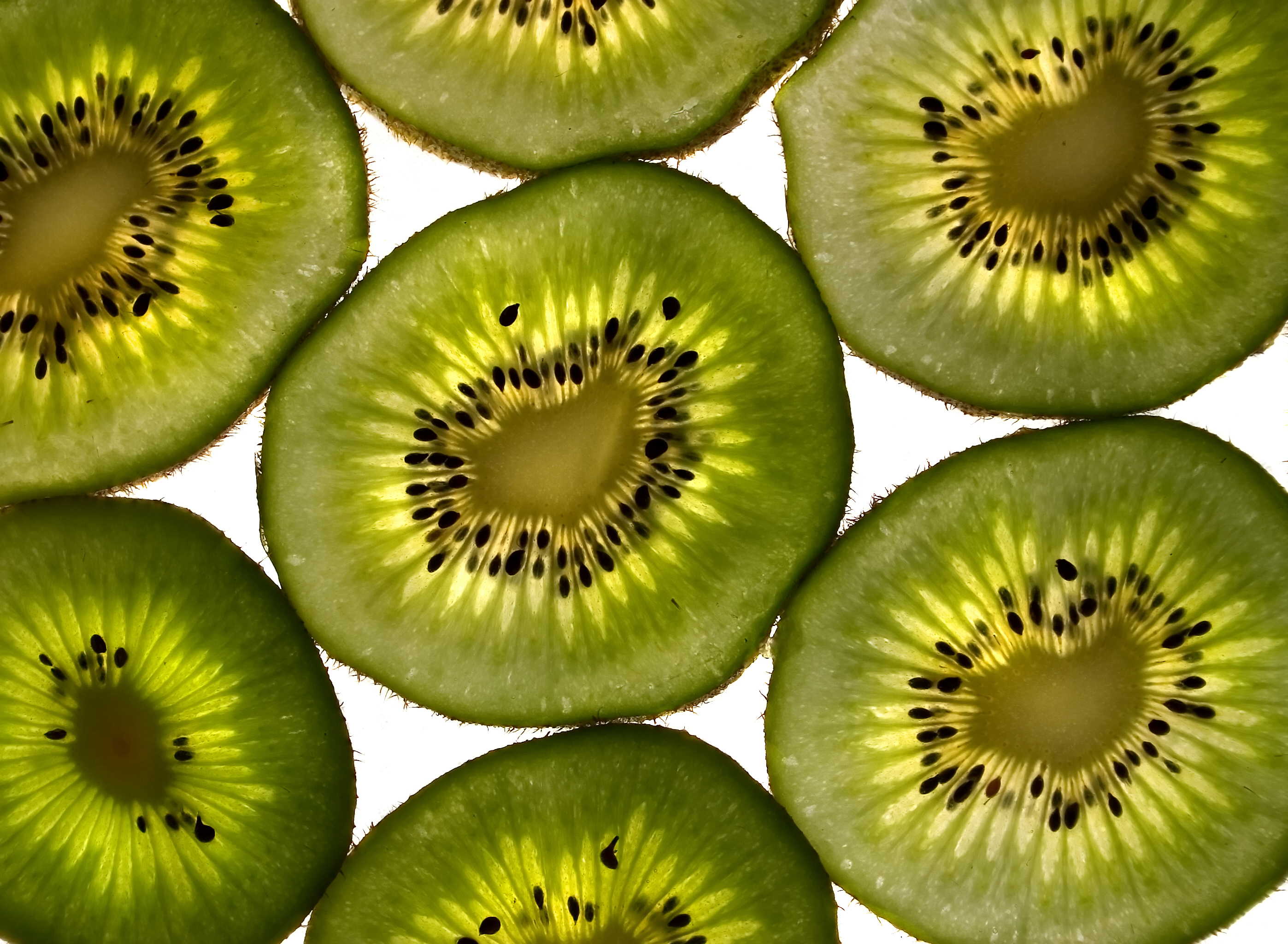
by Sharon Quercioli
The kiwifruit enjoys a fascinating history, and its recent rise in popularity reflects a combination of an appreciation for its unique taste, nutritional value, appearance and, surprisingly, its changing name.
Native to China, kiwifruits were originally known as Yang Tao. They were brought to New Zealand from China by missionaries in the early 20th century, with the first commercial plantings occurring several decades later. In 1960, they were renamed Chinese Gooseberries. A year later, Chinese Gooseberries made their first appearance at a restaurant in the United States and were subsequently “discovered” by an American produce distributor who felt that the U.S. market would be very receptive to this uniquely exotic fruit. The insightful entrepreneur initiated the import of these fruits into the United States in 1962, but to meet what was felt to be burgeoning demand, changed its name from Chinese Gooseberry to kiwifruit, in honor of the native bird of New Zealand, the kiwi, whose brown fuzzy coat resembled the skin of this unique fruit. Currently, Italy, New Zealand, Chile, France, Japan and the United States are among the leading commercial producers of kiwifruit.
The kiwifruit is a little fruit with big surprises. The most common species is Actinidia deliciosa, commonly known as Hayward kiwi. Inside of this small, oval-shaped fruit featuring brown fuzzy skin resides a brilliant, semi-translucent, emerald green flesh speckled with a few concentrically arranged white veins and small black seeds. Its flesh is almost creamy in consistency with an invigorating taste, reminiscent of a mixture of strawberries and bananas, but with its own distinct sweet flavor.
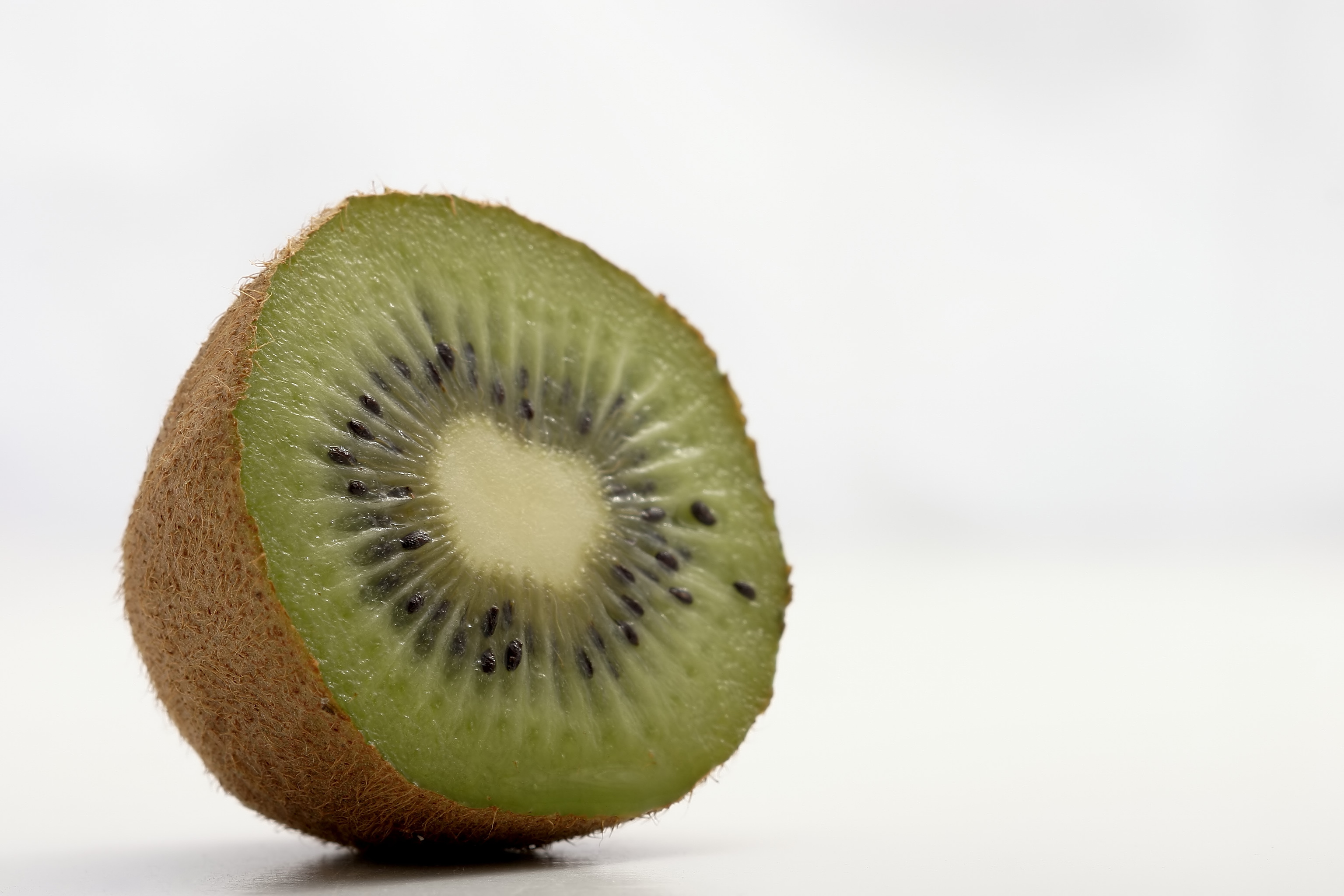
Health Benefits of Kiwifruit
If you love kiwi fruit, see why consuming it is an excellent way to combat many health challenges.
Prevention from Age-Related Macular Degeneration (ARMD)
Your mother may have told you carrots would keep your eyes bright as a child, but as an adult like fruit is even more important for keeping your sight. A compilation of reports shared by the authoritative Archives of Ophthalmology has verified that eating three or more portions of fresh fruit a day can cut down by 36% the risk of getting an eye-related illness known as ARMD (the main reason behind vision damage in adults), when compared to those who just eat 1. 5 portions of fresh fruit a day.
Premier Antioxidant Protection
- Kiwifruit has a substantial quantity of Vitamin A, C and E. Vitamin C is definitely a water-soluble antioxidant that has been verified to secure human body from neutralizing free radicals that can cause damage to cells and lead to problems such as inflammation and cancer-free radicals.
- Vitamin E has also been confirmed to have identical results, but it is fat-soluble and therefore complimentary to the water-soluble Vitamin C in the functions. Kiwifruit consists of both of the vitamins in large amount that help secure our body system free radicals effectively from all fronts.
Kiwifruit Contains a Rich Dietary Fiber for Blood Sugar Control & Colon Health
- The rich content in fiber helps fighting illnesses, for instance diabetes, by controlling glucose levels, along with colon cancer, given that fiber binds to harmful substances in the colon and then helps you expel them.
- Researchers have found that diets that contain plenty of dietary fiber have been proven to reduce high cholesterol levels, which may reduce the risk of heart disease and heart attack.
- In addition, fiber-rich foods, like kiwifruit, are good for keeping the blood sugar levels of diabetic patients under control.
A Delicious Way to Enjoy Cardiovascular Health
Enjoying just a couple of kiwifruit each day may significantly lower your risk for blood clots and reduce the amount of fats (triglycerides) in your blood, therefore helping to protect cardiovascular health.
Unlike aspirin, which also helps to reduce blood clotting but has side effects such as inflammation and bleeding in the intestinal tract, the effects of regular kiwi consumption are all beneficial. Kiwifruit is an excellent source of vitamin C, and polyphenols, and a good source of potassium, all of which may function individually or in concert to protect the blood vessels and heart. In one study, human volunteers who ate 2 to 3 kiwifruit per day for 28 days reduced their platelet aggregation response (potential for blood clot formation) by 18% compared to controls eating no kiwi. In addition, kiwi eaters’ triglycerides (blood fats) dropped by 15% compared to controls.
Kiwi contains a variety of flavonoids and carotenoids that have demonstrated antioxidant activity; these phytonutrients in kiwi may be responsible for this DNA protection. In the world of phytonutrient research, kiwifruit has fascinated researchers for its ability to protect DNA in the nucleus of human cells from oxygen-related damage. Researchers are not yet certain which compounds in kiwi give it this protective antioxidant capacity, but they are sure that this healing property is not limited to those nutrients most commonly associated with kiwifruit, including its vitamin C or beta-carotene content.
Protection against Asthma
Eating vitamin C-rich fruit such as kiwi may confer a significant protective effect against respiratory symptoms associated with asthma such as wheezing.
The protective properties of kiwi have been demonstrated in a study with six- and seven-year-old children in northern and central Italy. The more kiwi or citrus fruit these children consumed, the less likely they were to have respiratory-related health problems including wheezing, shortness of breath or night coughing. These same antioxidant protective properties may have been involved in providing protection for these children.
Better Sleep
According to a study on the effects of kiwifruit consumption on sleep quality in adults with sleep problems, it was found that kiwi consumption may improve sleep onset, duration and efficiency in adults with self-reported sleep disturbances.
Lowering Blood Pressure
Because of their high potassium content, kiwis can help negate the effects of sodium in the body. It is possible that a low potassium intake is just as big of a risk factor in developing high blood pressure as a high sodium intake.
According to the National Health and Nutrition Examination Survey, fewer than 2% of US adults meet the daily 4700 mg recommendation for potassium. Also of note, a high potassium intake is associated with a 20% decreased risk of dying from all causes.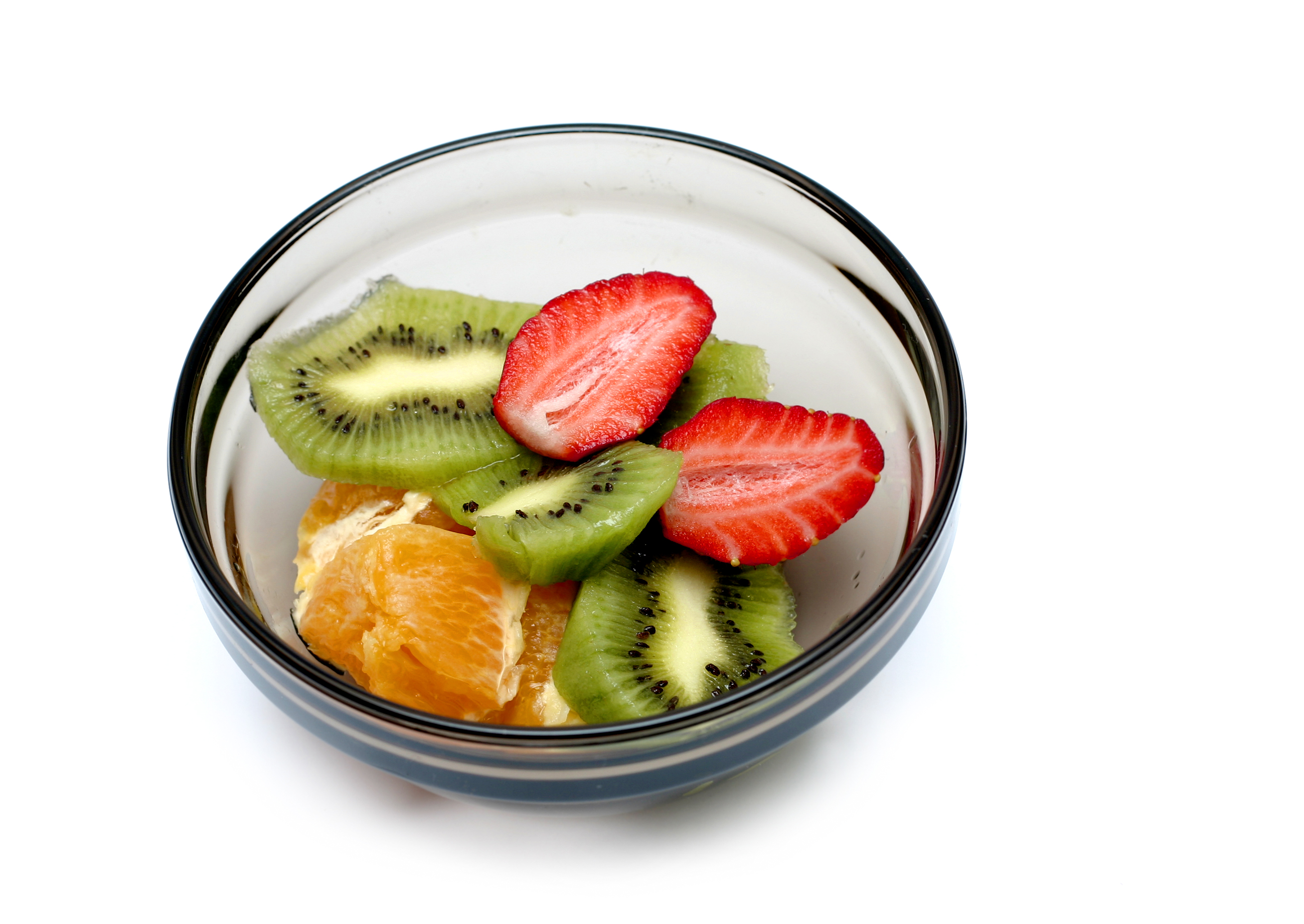
Different Ways to Enjoy and Incorporate Kiwifruit into Your Diet
- Kiwifruit are so delicious, they can be eaten as is. One of our favorite ways to do so is to peel with a paring knife and slice.
- Add kiwifruit to tossed green salads.
- Blend kiwifruit and cantaloupe in a food processor to make a chilled soup. For a creamier consistency, blend yogurt in with the fruit mixture.
- Kiwifruit have a wonderful flavor and appearance for use in fruit tarts.
- Serve sliced kiwifruit and strawberries, fruits whose flavors are naturally complementary, topped with yogurt.
- Mix sliced kiwifruit, orange and pineapple together to make chutney that can be served as an accompaniment to chicken or fish.
For some of our favorite recipes, see below:
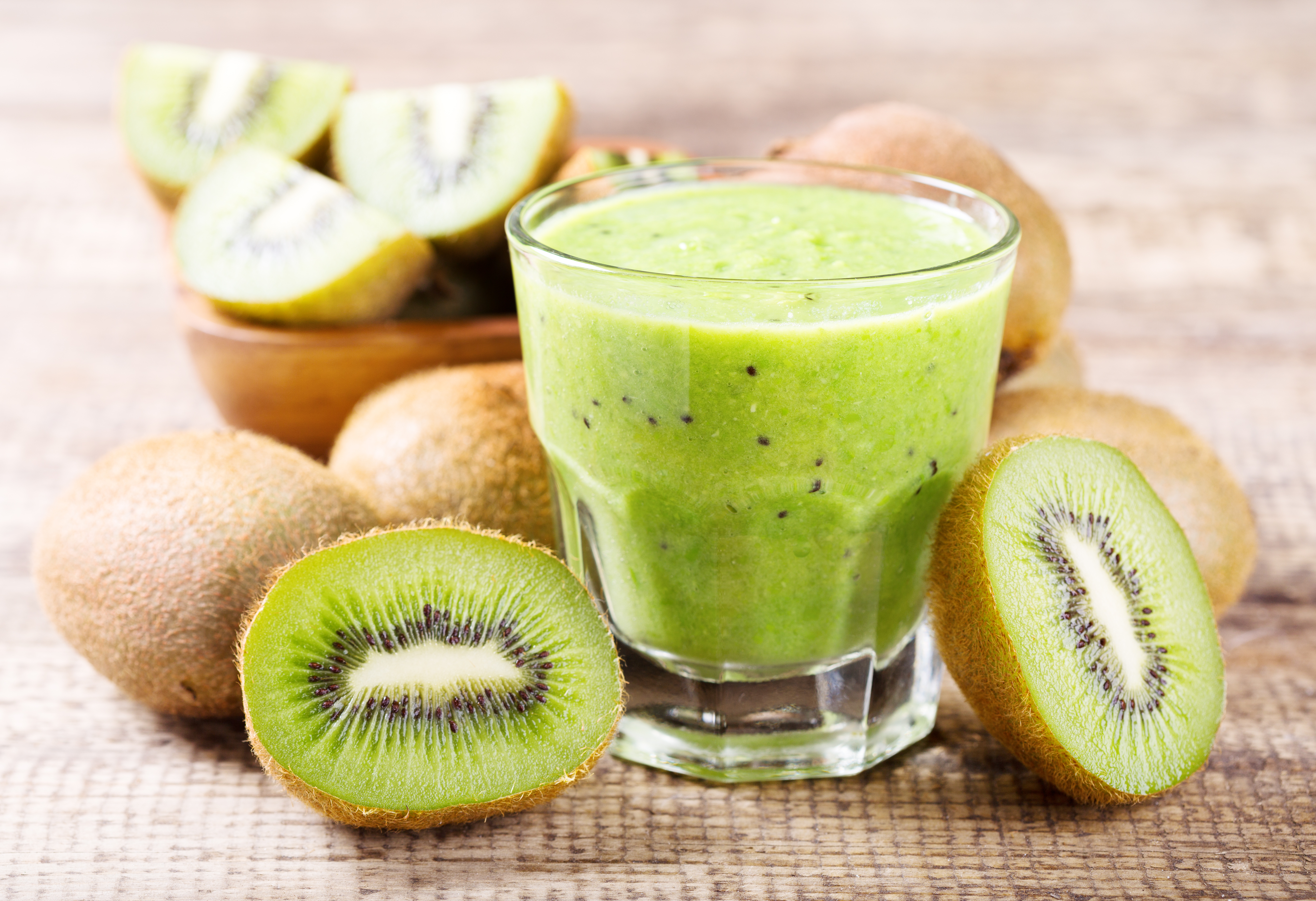
A delicious kiwi smoothie… tempted?
- Cut a ripe kiwi in half, leaving the skin on, and eat each half with a spoon, using the skin as its own natural bowl.
- Make your own fresh tropical fruit cocktail and include kiwis, pineapple, mango and strawberries.
- Drizzle a small amount of honey on top of the fruit mixture for an extra sweet treat.
- Make a green smoothie or juice with kiwi, spinach, apple and pear.
- Freeze slices of kiwi and eat them as a snack or dessert on a hot day.
Dice up kiwi and use as a summer salad topper over a bed of spinach, walnuts, dried cranberries, diced apple, feta cheese and a light vinaigrette dressing.
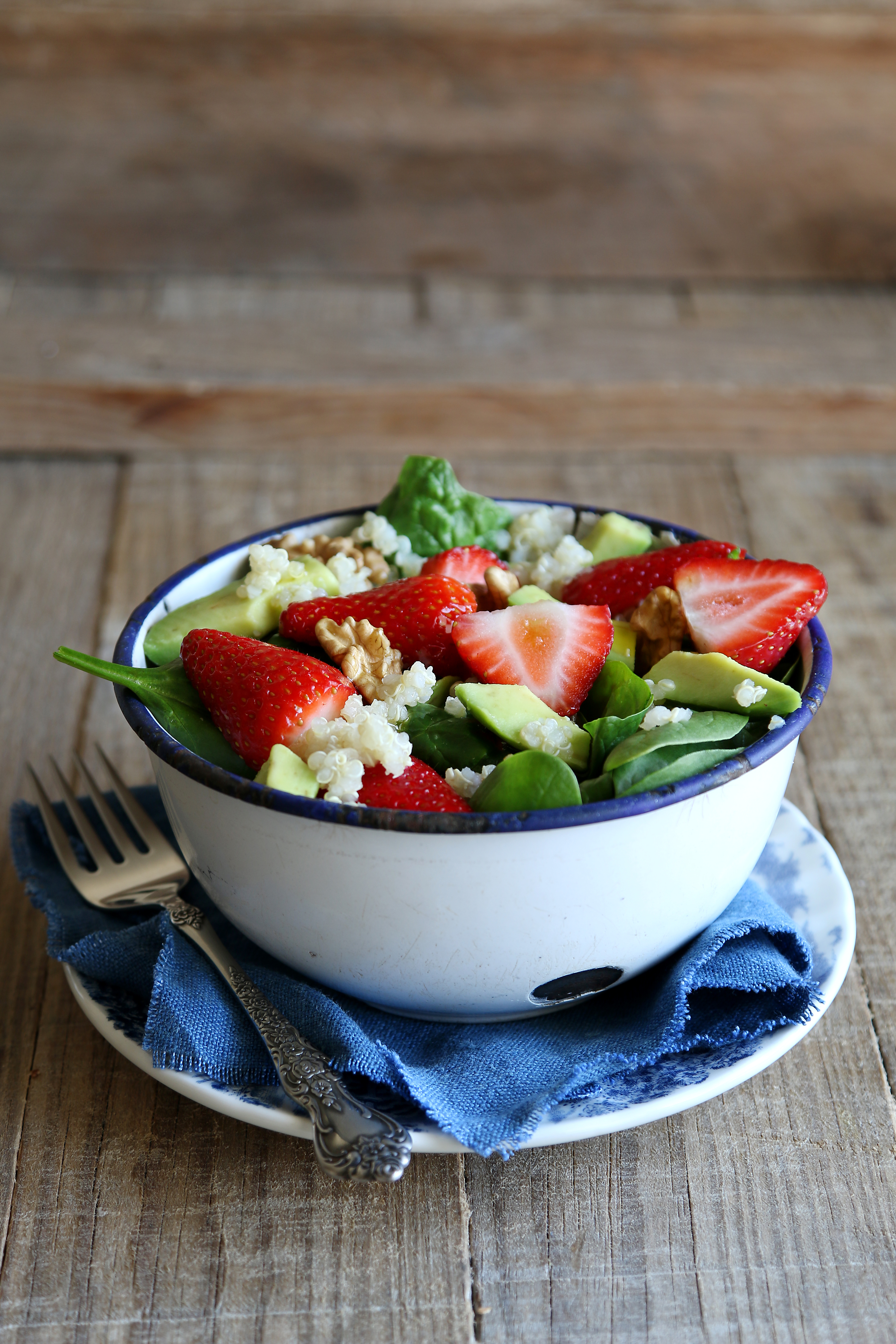
Strawberry, Kiwi and Spinach Salad
2 T Raspberry Vinegar
2 1/2 T Raspberry Jam
1/3 Cup Vegetable Oil
8 Cups Spinach, rinsed and torn into bite-size pieces
1/2 Cup Chopped Walnuts
8 Strawberries, quartered
2 Kiwis, peeled and sliced
1/2 Avocado sliced (optional)
Directions
1. Mix together raspberry vinegar, raspberry jam and vegetable oil in a small container
2. Combine spinach, nuts, strawberries, avocado, and kiwi in a salad bowl. Toss with raspberry dressing.
